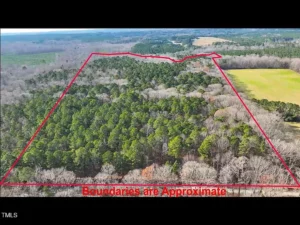Year after year, the total population for the state of North Carolina continues to grow, but what surprises many is that many counties across the state are experiencing problems as their individual populations decline. When looking closer at the numbers, it’s clear that the population is not being distributed evenly across the state.
Much of the population growth that NC is experiencing is people from other states packing up and moving here for any number of reasons. However the cities that they choose to live in are almost always going to be major metropolitan areas. In fact, a strong majority of new residents choose to live in one of just seven cities or their immediate surrounding areas. Those places are:
- Raleigh, Wake County
- Durham, Durham County
- Chapel Hill, Orange County
- Greensboro, Guilford County
- Charlotte, Mecklenburg County
- Wilmington, New Hanover County
- Asheville, Buncombe County
It’s great that these areas are seeing such tremendous growth, but the more rural areas in between aren’t just getting left behind, they’re dying. In addition to people from other states, many of the residents of places like Siler City, Bear Creek, Bonlee, Bennett, and Goldston are relocating, as well. In places like these, where the community relies on just one or two key industries for jobs, one company’s decision to outsource work to some where else, whether it’s another county, state, or even country, can put that town’s economic future at risk.
These are places where manufacturing jobs were plentiful, especially in furniture making, poultry processing, and textiles. But one by one those factories are closing, and the people that used to work there are doing whatever it takes to get a new job. In many cases, that means moving to more densely populated areas, with more diverse job opportunities.





